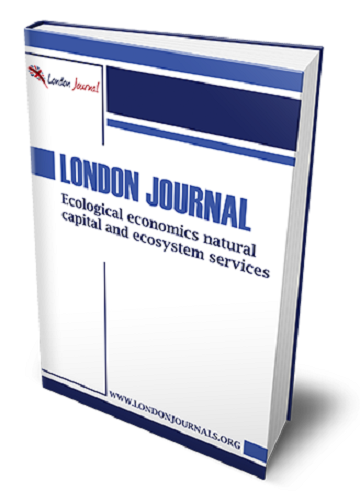How much does it cost to publish in a Springer journal?
For the majority of Springer journals, publishing an article is free of charge.
- If a journal requires page charges, you will find them on the journal's springer.com homepage or in its Instructions for Authors.
- Charges might apply e.g. for color figures or over-length articles. The information on these extra costs will also be available from the journal's homepage or its Instructions for Authors.
- Charges for open access articles:
If you choose to publish an open access article (as "Open Choice" or in a SpringerOpen journal), there will be an Article Processing Charge (APC) to be paid by the author or his/her funding institution. As a consequence, the article can be freely read,
How do I submit my article?
Please click “Submit Online” on the journal's homepage and directly access the submission system used by that journal.
Can I submit my manuscript if it contains part of my PhD or academic thesis?
Springer will consider submissions containing material that has previously formed part of a PhD or other academic thesis including those that have been made publicly available according to the requirements of the institution awarding the qualification.
Can I include my ORCID iD when submitting a manuscript?
Yes, we are using ORCID iDs in our manuscript submission systems, Editorial Manager and Manuscript Central. When submitting your manuscript, you can fetch and add your ORCID iD. To register a new or existing ORCID number, log in to the editorial system and select 'Edit My Account' or 'Update My Information' from the menu.
Can I publish my manuscript open access?
Yes, Springer offers Open Choice (open access articles published in subscription-based journals) and fully open access journals. Read more about our open access portfolio here.
Does Springer provide templates and style files for preparing a journal article?
For your convenience we have developed macros and templates to help you prepare your manuscript. Information about the preferred format for the individual journals can be found in the specific journal’s Instructions for Authors.
Can I submit multimedia files to be published online along with my article?
Springer accepts electronic supplementary material (animations, movies, audio, large original data, etc.) which will be published in the online version only. This feature can add dimension to the article, as certain information cannot be printed or is more convenient in electronic form. For detailed information about file formats, file size, etc, please check our ESM guidelines.
Can you give me more information about copyright?
Authors will be asked to agree to the publication terms of their article to the publisher (or grant the publisher exclusive publication and dissemination rights). This will ensure the widest possible protection and dissemination of information under copyright laws.
Open access articles (Open Choice articles or fully open access journals) do not require you to transfer the copyright; the copyright remains with the authors.
By opting for Open Choice, you agree to publish your article under the Creative Commons Attribution License (since January 16, 2012). Articles published before that date are subject to the Creative Commons Attribution Noncommercial License.
What exactly is the "MyPublication" service and how can I benefit from it?
The "MyPublication" service facilitates all administrative tasks after your article has been accepted by the journal. You can sign the terms of publication online, decide whether your article should be published open access, whether your figures should appear in color if available. Most importantly, this new process significantly reduces the production time of your article.
